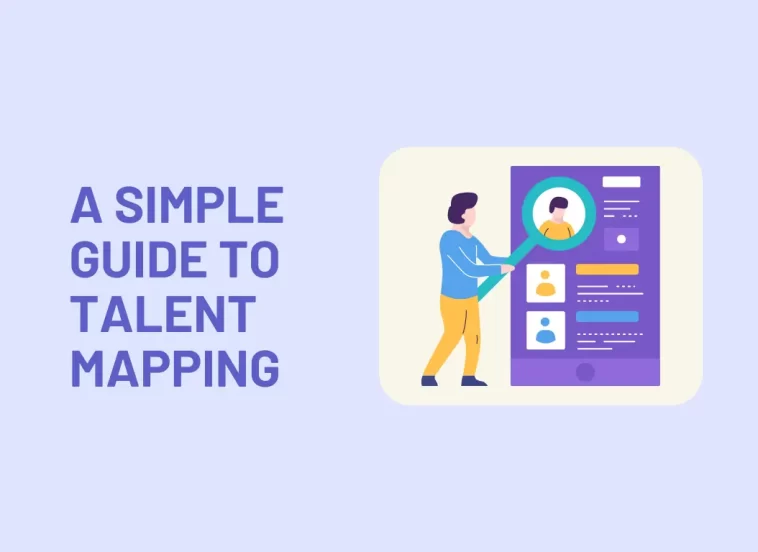It’s getting harder and harder to make decisions in the modern world that we live in with so many endless options to choose from about everything. The business world is no different. Making good decisions is no longer an easy and clearly visible task. This is where talent mapping comes into play.
Talent mapping is one of the many tools that you can use to your advantage to create a well-thought-out and strategized gameplay for your organizational path to growth and success. It’s time you try it for yourself and elevate your organization strategy with talent mapping. Let’s dive in!
Table of Contents
What Is Talent Mapping?
Simply put, talent mapping refers to the strategic approach to the workforce of an organization, that keeps inventory of what the capabilities and skills are of the talent within. By utilizing talent mapping, organizations are far more likely to get clear and focused on their path to success, as this powerful compass will guide them in making the best of their recruits.
What To Include In Your Talent Map?
If you wish for your talent map to be effective and actually assist you to success, you’ll have to take a few things into account and make sure to include them in your process.
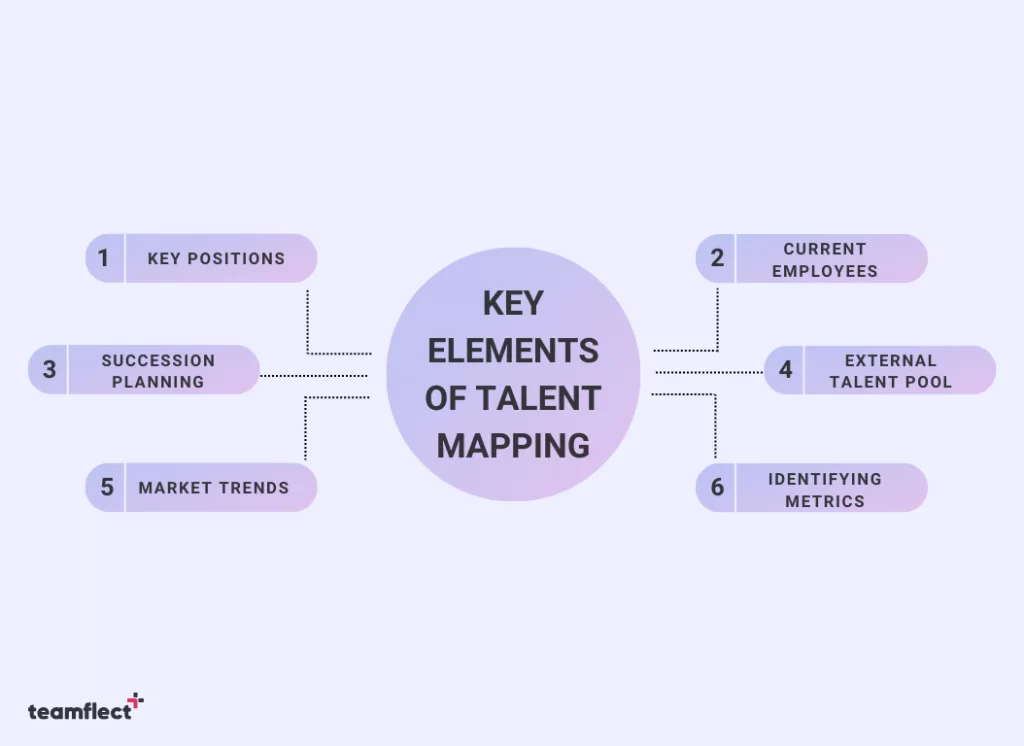
- Key Positions and Roles: First and foremost identify which positions you need most to succeed in your own landscape. When doing so make sure to include the skills and qualifications these positions hold necessary.
- Current Employees: Take into account the talent that you already have. Keep track of the individuals in your workforce and identify their roles, experiences, and the type of value they bring to the table.
- Succession Planning: Being able to foresee and plan accordingly beforehand is a very valuable skill to use when running a business. When it comes to talent mapping as well, considering where your current employees may be of use in the future or simply considering where you’ll have vacancies that will need to be filled can save you considerable time.
- External Talent Pool: If you wish to be the best in your industry, it’s wise to keep in mind that the best talent will play a key role in achieving that goal. So by keeping track of people outside your workspace, you’ll have a headstart on the search for filling open positions or just leveling up in what you’re already doing with your current team.
- Market Trends: Just as you stay informed on external talent, it’s vital to stay in touch with the market pulse. Make sure to understand the currents in the landscape to identify what you will need to do and what specific skills you will have to search for.
- Identify Metrics: Include relevant metrics regarding performance, diversity, and inclusion in your data to ensure you create an overall well-rounded talent map.
How To Talent Map In 6 Steps!
You can create your own talent map by following the steps below and identifying how they come to life in your own organization.
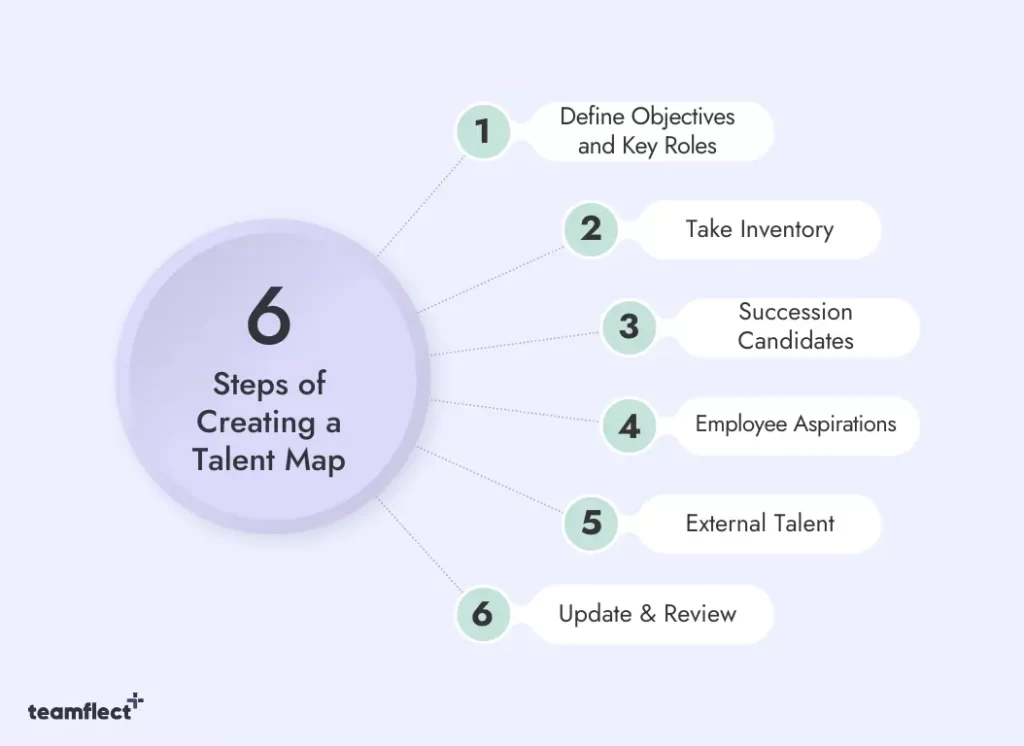
Step 1 – Define Objectives and Key Roles:
Set clear objectives for your talent mapping. Understand the relationship of these goals to the roles in your organization and make sure to take note of what kind of skills and qualifications are vital to these roles.
Step 2 – Take Inventory:
Make use of your existing talent by grasping their capabilities. Create lists that clearly outline their roles, experiences, and qualifications. Assess their performances accordingly in order to see their potential to take part in the organization’s growth.
Step 3 – Succession Candidates:
Identify which individuals in your workforce can take on further responsibilities and assist you in building your company’s future. Take note of what roles will be needed and assess who shows the potential with their skills and presence to take on new positions.
Step 4 – Employee Aspirations:
You can never expect your employees to want to take part in your company’s growth without providing an environment where they willingly engage. The best way to create this employee engagement is to understand their needs and career aspirations. Align their personal goals to the company objectives you have so that you can use this information to guide your career development accordingly.
Step 5 – External Talent:
Keep up with analyzing the market and who else is out there on a regular basis. This will help you understand what possible competition is out there as well as who else and what other skills you may wish to add to your team to get ahead.
Step 6 – Update & Review:
Talent mapping is an ongoing process that will keep evolving as the landscape evolves. Ensure that you are keeping up with the current changes and stay informed on what you could improve to get/stay ahead. As you improve yourself simultaneously your talent mapping strategy will stay agile and aligned with your goals.
Follow these steps and you will create a strong foundation for your business that will create a clear path to your success. Understand the talent mapping definition, optimize your existing workforce, analyze candidates, and stay on top of your industry!
Talent Map Examples
Talent mapping can happen in various shapes and forms. Here are some recommendations:
1. Organizational Chart
Organizational charts provide a visual representation that highlights the relationships of individuals and their specific roles, and departments within an organization. It’s a way to clearly visualize the overall structure of the talent within the company.
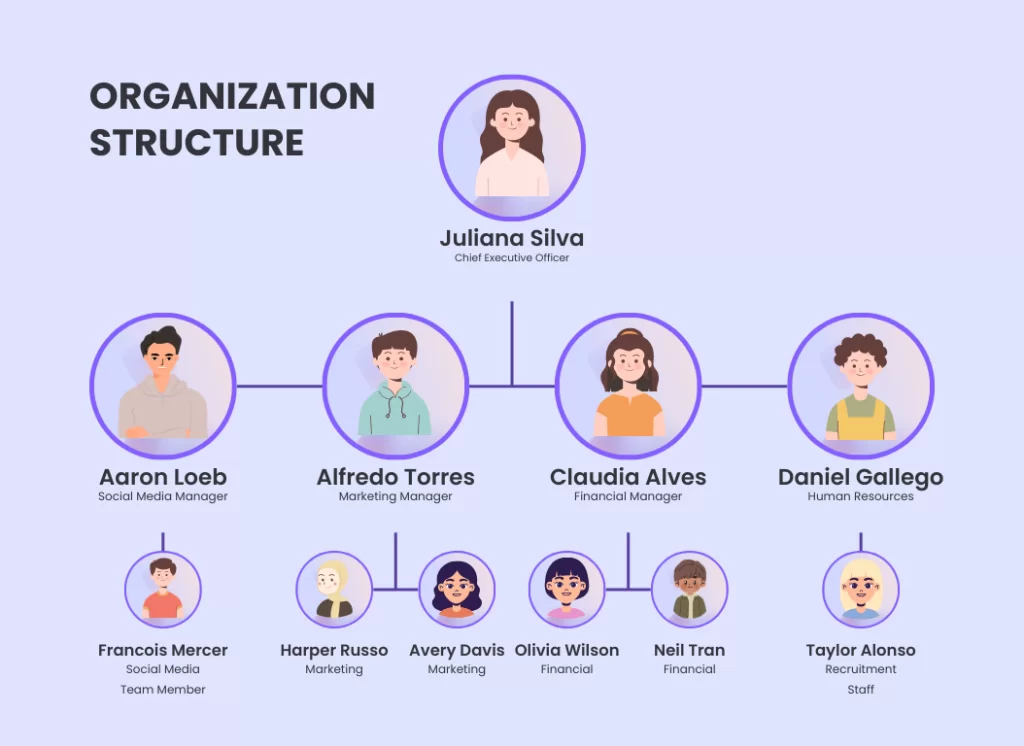
2. 9-Box Grid
9-box grids are management tools that provide assistance in terms of assessing talent and planning for succession. It helps to identify what individuals need in order to grow further and how they can fit into the bigger picture that is your company. You can refer to a 9-box grid when you’re strategizing on how to best use the talent in your company.
Speaking of 9-Box grids, did you know that you can create your own customized version within Microsoft Teams, using Teamflect?
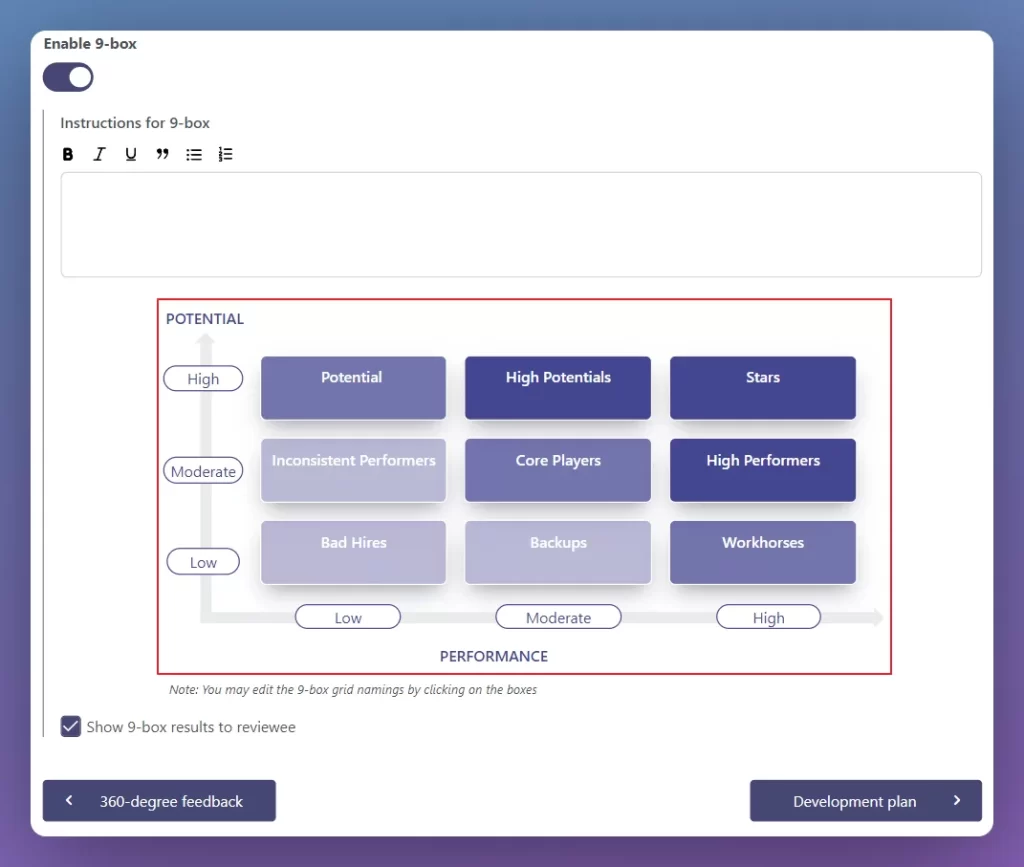
Amongst many other useful features if you’re doing performance management such as setting goals and OKRs, 360-degree Feedback, and employee recognition, you can use Teamflect to create your own 9-Box grid to help you in your talent mapping journey!



